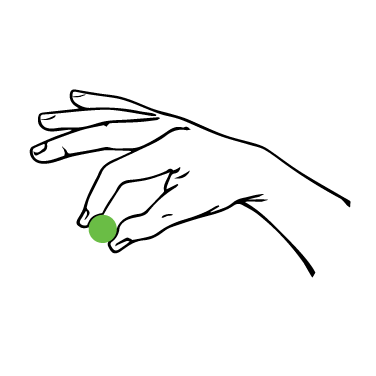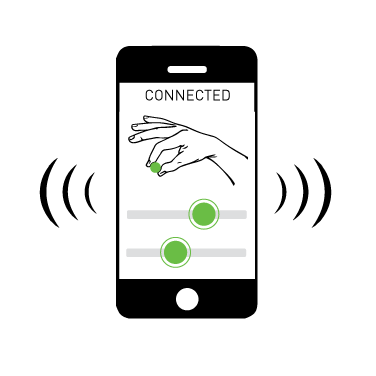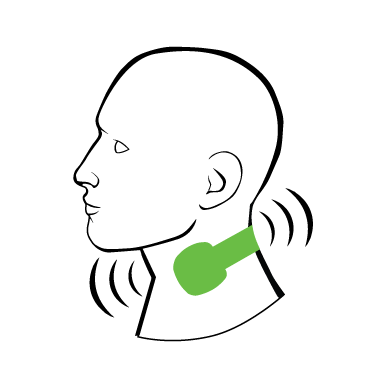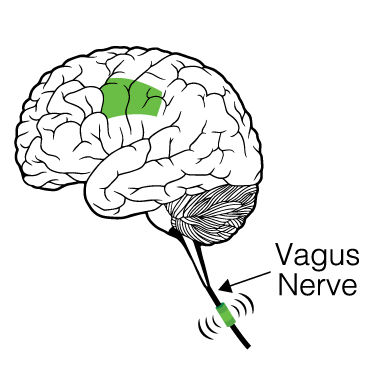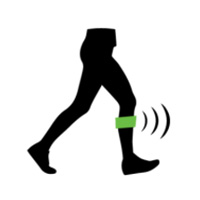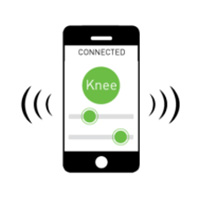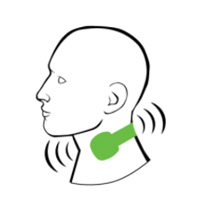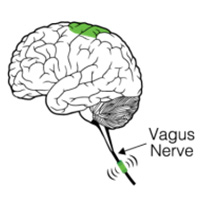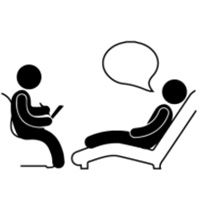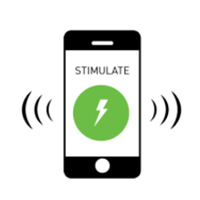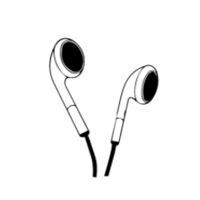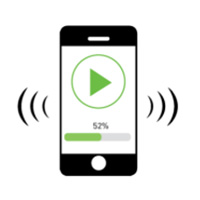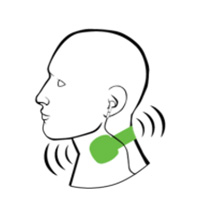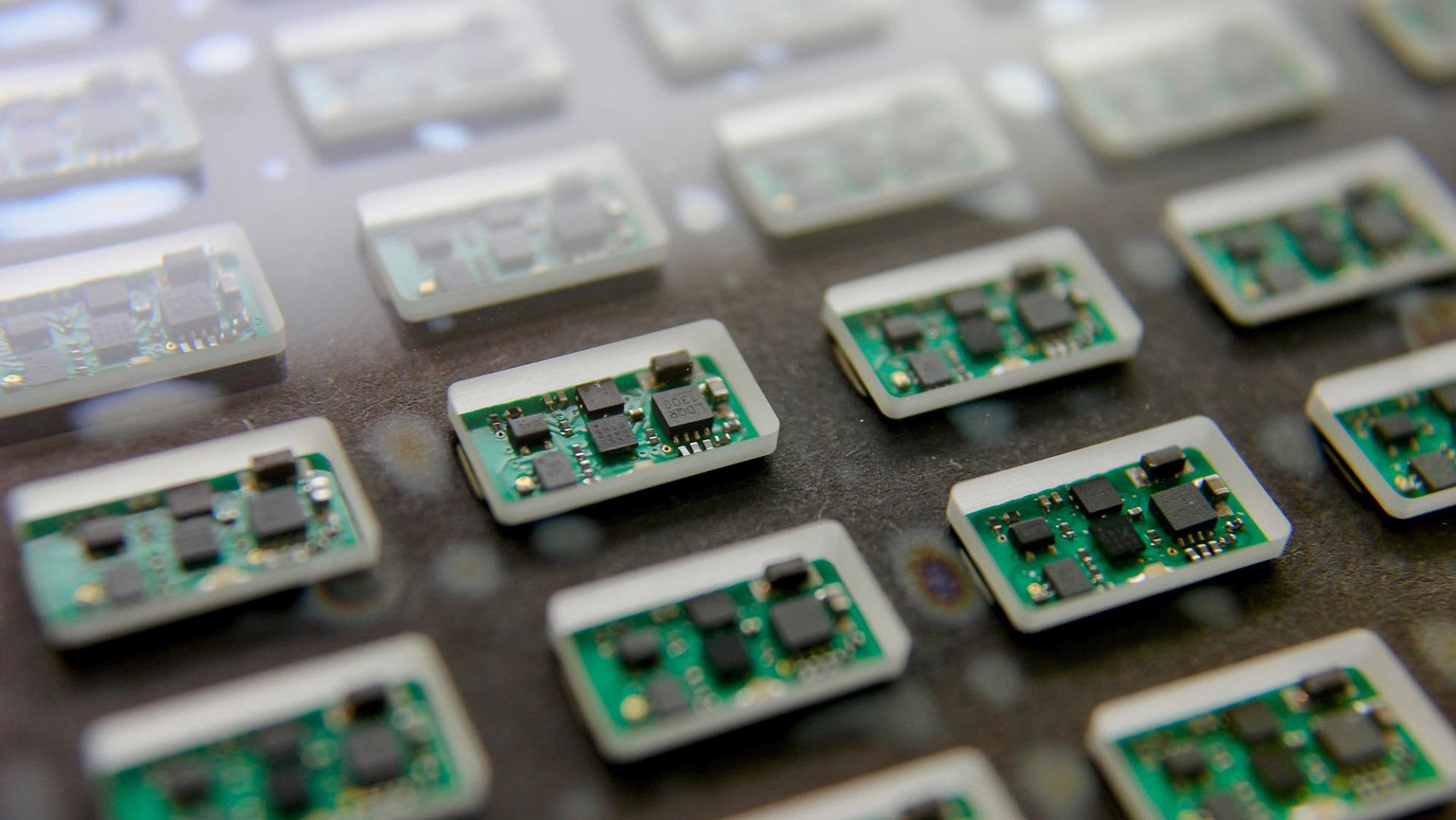
ReStore Wireless Vagus Nerve Stimulator
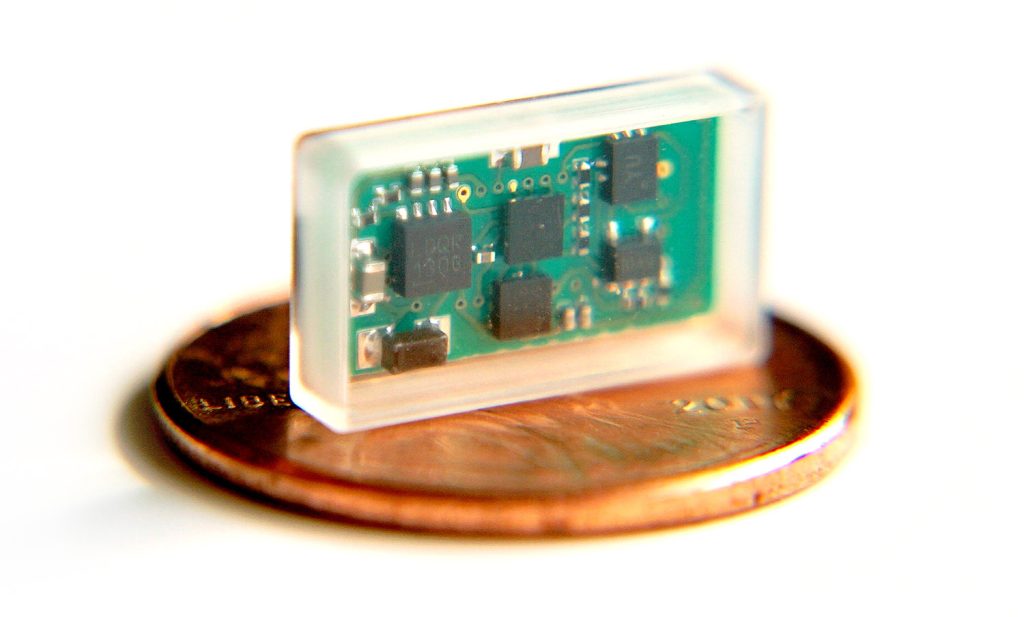
Researchers at the Texas Biomedical Device Center have developed a therapy to help brain injury patients fully reengage in life. This therapy uses stimulation of the vagus nerve during rehabilitation to rewire neural circuits, dramatically improving recovery. We call this approach Targeted Plasticity Therapy (TPT). TxBDC researchers are at the forefront of investigations into neuroplasticity and its role in the development of a wide range of therapies for disorders such as tinnitus and chronic pain, stroke, traumatic brain injury, autism, PTSD, Alzheimer’s disease and peripheral nerve injury.
How does Targeted Plasticity Therapy work?
Rehabilitation activates weak neural connections. Vagus nerve stimulation releases chemicals in the brain that strengthen the active neural connections. By pairing rehabilitation with vagus nerve stimulation we can strengthen specific neural connections. In doing so, we rewire the brain and enhance recovery. This therapeutic platform has transformative potential to treat a vast range of neurological disorders.
TPT for Upper Limbs
TPT for Lower Limbs
TPT for Anxiety
TPT for Tinnitus
Technology to ReWire the Nervous System
Vagus nerve stimulators currently on the market are large, expensive, have leads that break easily and use batteries that need to be replaced. TxBDC developed a small, wireless, mass producible vagus nerve stimulator that overcomes these limitations.
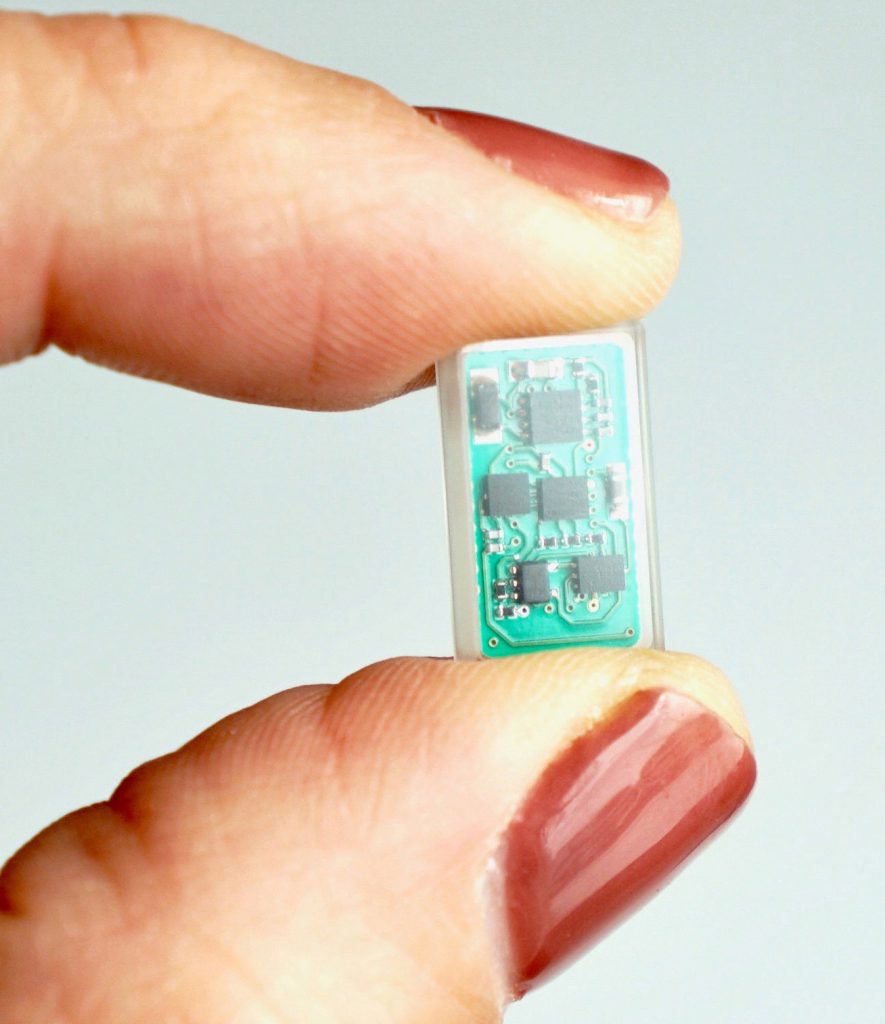
The Benefits
- Alternative to drugs
- 50 times smaller
- 1/5 the cost
- Wireless
- Wireless
- Less invasive
- MRI conditional
- Mass producible
- Few, if any, side effects
- One time outpatient surgery
- Powered wirelessly
- Therapy done at home
- Unlimited smartphone applications
